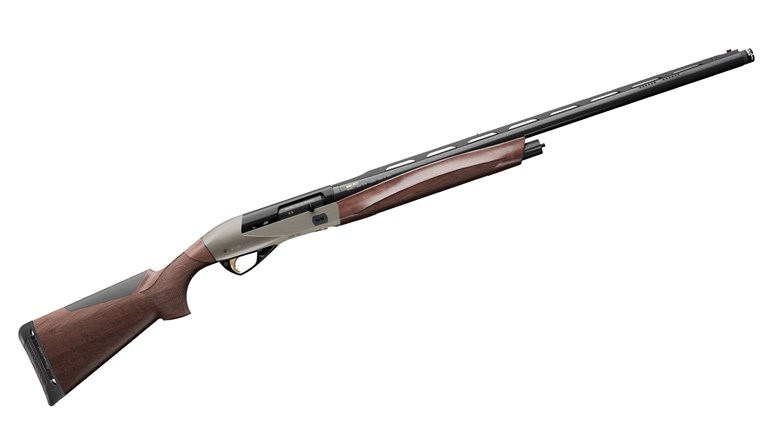
From time to time, even the most experienced hunters wound game and are forced to track it. This does not necessarily mean the hunter made a bad shot! Sometimes animals run on sheer adrenaline, and it is amazing what an animal can do under duress. Ethical hunters do their best to recover the animal, and with patience and the right techniques you’ll succeed. Just avoid these six tracking blunders…
1. Not watching and listening to the aftermath
It’s crucial to stay in “hunter mode” even after the shot breaks. Keep your eyes and ears focused on your animal even as you’re coming out of recoil. When shooting at an animal it is wise to watch it for tell-tale signs of a good hit. A “humped up” deer, one that is obviously wounded, and sometimes (but not always) a deer with a tail down as it runs off is a sign that you probably hit it hard.
Hunters should listen for a crash of their game animal falling or running. Watch which direction it heads and how directly it goes in that direction. Does it leap over logs and act uninjured? (That doesn’t mean that it isn’t mortally wounded. Adrenaline is a powerful chemical!) Next, mentally note exactly where the animal was standing when you shot and note what is directly behind it, too. Then mentally note the last place you saw it before it disappeared. Commit these to memory.
2. Starting too soon
This is the toughest part for many hunters. You’re very excited and want to recover your animal as soon as possible, but starting too soon can ensure that it never happens. Your wounded animal may very well be quite close by, but if you make a big racket it’s going to run as far as it can. Give it a few minutes and let yourself calm down. Then you can quietly and carefully get out of your stand to go to the spot where the animal was standing.
Once you arrive at the impact site, look for hair and blood and any other evidence the animal is hurt. Then you can begin tracking if you feel the shot was well placed. Some people stress waiting a half hour to an hour. If the shot was good you can proceed.![]()
If your blood trail is mere drops every 10 to 20 yards and the animal is going uphill, over logs and crossing water, you need to stop immediately and give it several hours to bed down and hopefully expire. Tracking an animal in this situation is only pushing them with adrenaline. The will to survive is incredible. My father once hit a deer with two slugs—either of which should have proven fatal—but ended up tracking it back and forth across a swamp four times. Had he let it rest for a few hours, he probably would have found it the first time.
3. Starting too late
There is such a thing as starting too late, of course. Is it about to rain or snow, or is it doing so now? If so, know that blood sign, hair and tracks will be obscured quickly. Is the wind howling moving leaves over the trail? Are there large predators that might take advantage of a lull in tracking? The most important thing (after your own safety, of course) is to do everything in your power to ensure that animal’s meat isn’t wasted. Sometimes that means starting out a little earlier than you’d like.
4. Walking on the blood trail
Once you begin tracking, the one thing you do not want to do is walk on top of blood or other sign that the animal is leaving in its wake. So many hunters eagerly charge ahead once they spot blood! There are times you may need to go back and find the trail and line up a travel direction and analyze how the animal is acting by its choices of travel. Be sure not to have anyone helping you disturb sign.
5. Not marking the trail
Many hunters also make the mistake of not marking sign that they find, and then they end up losing the trail. I carry blaze orange flagging with me to tie above the trail at intervals where blood is not very obvious. This is especially helpful at night. Just be sure to go back and remove your flagging when you are done.
Do not use your blaze orange hat; you need to be wearing that while you are rustling around looking for your animal! Using flagging not only helps you stay on the trail, but you can look back and get a visual on the direction of travel the animal is taking from time to time when the trail seems to stop.
6. Approaching a wounded animal too soon
If you come up on your animal and are in doubt of its ability to move but it is clearly alive, it is best to put a final shot on it from a safe distance rather than risk injury to you or risk the animal getting up again and running off. In fact, wounded animals (even herbivores like deer) can be very dangerous. This is not the time to be stingy with your ammo. Do the animal and yourself a favor and put it down humanely.
Good hunting this season…our wish for you is that you won’t need any of this advice!






































